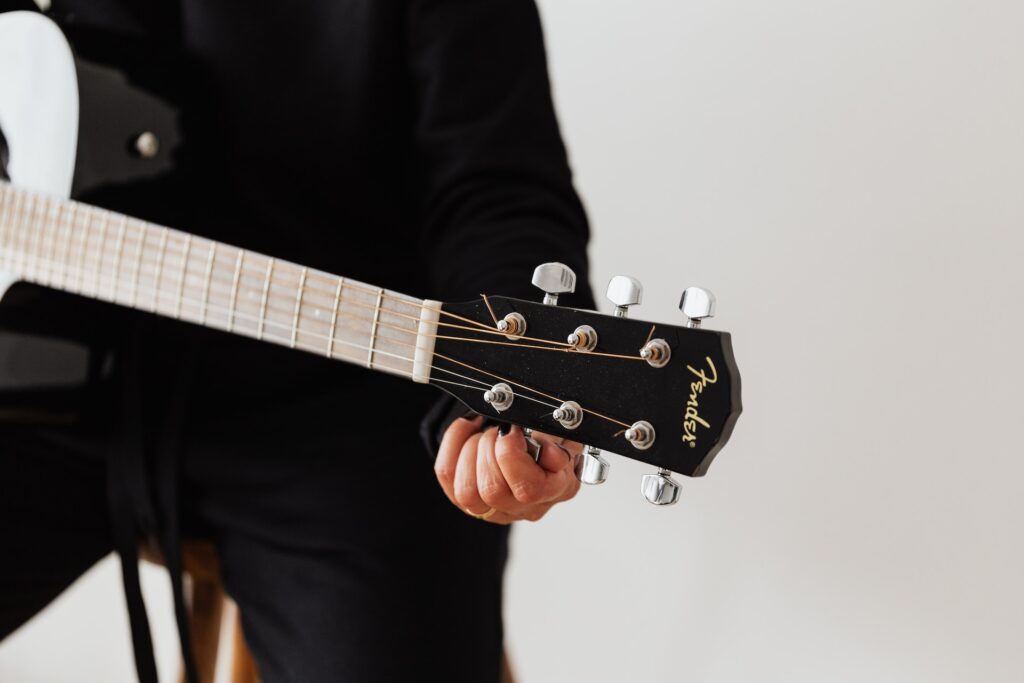When it comes to reading and writing music for the guitar, there are two primary forms of notation: tablature and standard notation. While both methods can convey the same musical information, there are some fundamental differences between the two that every guitarist should know. In this article, we’ll explore the key differences between guitar tablature and standard notation.

Guitar tablature, or “tab” for short, is a graphical representation of the guitar’s fretboard. Tab is typically written using six horizontal lines, each representing a string on the guitar. Numbers on these lines indicate which fret to play on that particular string. For example, a “0” on the top line would indicate playing the open string, while a “3” on the same line would indicate playing the third fret on that string. In contrast, standard notation is written on a five-line staff, with each line and space representing a specific pitch. The notes themselves indicate which fret to play, with additional symbols indicating how long to hold the note and other musical details.
The second key difference between tab and standard notation is their use of rhythm and timing. Standard notation uses symbols such as quarter notes, eighth notes, and rests to indicate the rhythm and timing of a piece of music. Tab, on the other hand, is generally less precise when it comes to rhythm. While some tabs may include rhythmic symbols, such as “x” or “h” to indicate a muted or hammered note, they are not as precise as standard notation in terms of indicating exact rhythms.
Another key difference between tab and standard notation is their use of musical notation symbols. Standard notation uses a wide variety of musical symbols to indicate everything from dynamics to articulations to tempo changes. In contrast, tab is much simpler, typically only using numbers and symbols such as “-” or “/” to indicate slides or bends. While this can make tab easier to read and understand for beginners, it can also limit its expressive capabilities when compared to standard notation.
One important thing to note is that while tab may be simpler and easier to read for some guitarists, it is not always the best choice for conveying certain types of music. For example, classical guitar music often uses intricate fingerpicking patterns and complex rhythms that may be difficult to accurately notate using tab alone. In these cases, standard notation may be a more appropriate choice.
In terms of ease of use, tab is often considered to be more beginner-friendly than standard notation. This is because tab is more intuitive when it comes to indicating which frets to play and where to play them on the guitar. However, learning to read standard notation is an important skill for any musician, and it can open up a wider range of musical opportunities.
Finally, it’s worth noting that while tab and standard notation may seem like two separate and distinct forms of notation, they are not necessarily mutually exclusive. In fact, many guitarists use both forms of notation in their playing and writing. For example, a guitarist may use tab to indicate which notes to play, but also use standard notation to indicate specific rhythms or musical details.
While both tab and standard notation can be used to convey the same musical information, they have some fundamental differences in terms of their notation systems, use of rhythm and timing, musical notation symbols, and ease of use. Ultimately, the choice of which notation system to use will depend on the type of music being played or written, the skill level of the guitarist, and personal preference.